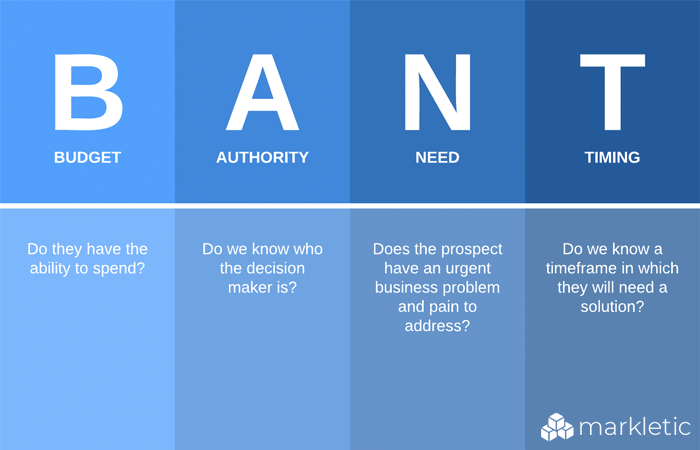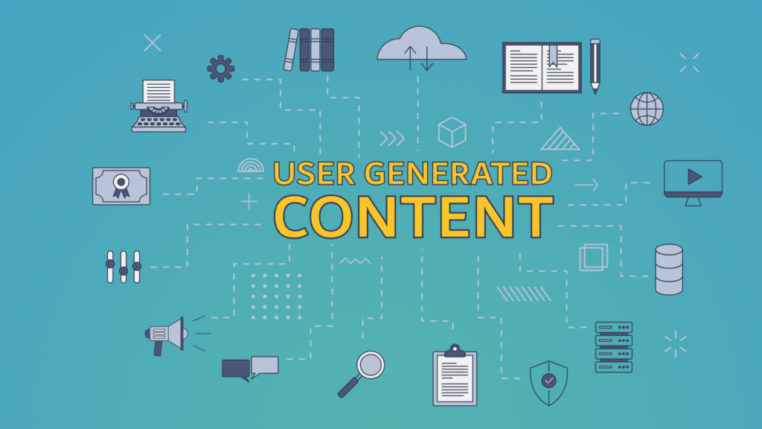What is Account-Based Marketing?

Table of Contents
Do you remember that feeling when you first started your career and being overwhelmed by corporate jargon? I know I do! One of the companies I worked for implemented an account-based marketing strategy and I had no idea what it meant. Since then, I’ve spent a lot of time doing account-based marketing and I’m here to explain what it is all about.
Account-based marketing is among the hottest topics in business-2-business (B2B) environments. In fact, in a study of SiriusDecision, it became clear that 93% of marketers find account-based marketing in B2B important. On top of that 91% of respondents reported a bigger deal size by using account-based marketing.
These numbers are massive, and no demand generation marketer can avoid account-based marketing. As Charles Darwin once said: “It is not the strongest of species that survives, or the most intelligent, it is the one that is most adaptable to change.”
Account-Based Marketing Explained
Account-based marketing mostly occurs in B2B organizations and has recently been growing in popularity. Within any organization, alignment between sales and marketing is detrimental to the success of a company. ABM helps to build alignment between the sales and marketing teams with its shared approach to growing or winning a set of existing or target accounts.
Target accounts are prioritized companies hand-picked by the sales organization to whom the sales team wants to sell products or services.
Within target accounts, there are often departments or demand units that are targeted, activated or engaged. A demand unit is buying group with known business needs and budget available. Usually, the demand unit is BANT qualified by the sales team.
- Budget
- Authority
- Need
- Timeframe
With account-based marketing, the marketing and sales teams collaborate to execute marketing campaigns to target demand units within target accounts. Usually, these target accounts are net-new customers, but ABM can also be applied to existing customers to increase the existing deal size. If this all sounds a bit complicated, don’t worry, later in this post, I’ll supply some ABM examples.

Sales and marketing collaboration accelerate big deals
B2B organizations often rely on large deals that either make or break the target of the fiscal year. In the past, sales would often tell marketing to not engage in any marketing activities towards those accounts. This was because sales were scared that marketing would spray messages and spam the target accounts which would harm the deal.
Organizations started recognizing that collaboration with a comprehensive approach for must-win opportunities actually drives better winates. Hence, marketing and sales teams have started collaborating in a joint quest to win big deals.
I love seeing the transformation that marketing teams are making in evolving their strategies to target large accounts. I’ve seen B2B marketers create microsites for large accounts, website personalization, account-based advertising, social selling, and geo-based advertising. A great simple example of geo-based advertising is placing your ads all around bus stops at the headquarters of your target accounts.
What does ABM mean for marketers?
As a B2B marketer, you will have to focus on collaborating with the sales teams. I will keep repeating this throughout this post because it’s the most crucial thing you need to be doing.
Sales will identify major accounts that they want to target. Consequently, marketing and sales will have to come up with a comprehensive plan to get the right message across at demand units of your target accounts. This means that marketers will have to get creative and think outside of the box. Personalization is key.
If you are successful at ABM, you are able to growth hack your company to stellar levels.
How to get started with Account-Based Marketing
Okay, account-based marketing sounds excellent and it is important, but how do I get started?
The first and foremost step would be to have a chat with your sales organization. I told you that I would repeat it!
The goal of your conversation should be to identify the target account list of your sales representatives. These targets accounts shouldn’t be small accounts. The focus should be on major accounts with big deal potential.
Once you have identified the target account list, you can start with the planning phase of your marketing campaigns.
There are various approaches to account-based marketing, both digital and offline. A comprehensive strategy would include both channels to make sure that your messages being received by your selected target audience. A great digital approach is programmatic advertising. Programmatic Advertising and ABM go hand-in-hand.
It is wise to make an account planning at the beginning of the fiscal year as it usually takes a bit of time to close big deals. At software companies, the average sales cycles often span across many months.
Account-based marketing should never solely be the efforts of marketing or sales. Both teams need to spend time and efforts on targeting the account. Joint efforts are what will make or break ABM campaigns. Sales must have an account-based selling approach.
Start small and pick a maximum of 10 big accounts to target for the year.
With any marketing campaign, define success criteria and milestones from the get-go. Proper analytics and data points are pivotal. Also, to manage expectations, define what will be the contribution of marketing and sales. The key takeaway is to stay realistic.
Additionally, make sure to make a situational analysis before you start with the ABM campaign. Do you already have all the right contacts in your CRM or do you need to do some enrichments first?
Account-based Marketing must be based on customer insights
To achieve an active role in large accounts, marketers must base its ABM approach on customer insights. Insightful planning allows for the development of specific goals for marketing and sales based on data of the account status, potential, and needs. This information will be used by the marketing department to provide meaningful outreach and interactions.
The first step is determining which information is needed and to check whether its available. Talk with sales to understand their process to target large accounts. Consequently, analyze whether you have all the data available or if you need to do some digging.
The next step is to select accounts and set goals. Make sure that accounts are selected on an actual opportunity and not on preference or instinct.
After making the plans, run them by sales and get mutual approval to ensure the expectations are managed. After planning, the fun part starts and it’s time to execute!
Account-Based Marketing Case Studies
Alright, let’s get to the fun part. Here are some examples of account-based marketing campaigns.
After talking to sales you have identified some target accounts for an ABM campaign. Let’s say the account is Walmart. The ultimate goal of this ABM campaign is to get the decision-making team of Walmart at an executive dinner with your sales team.
Imagine that you are working for a software company and that you want the target the IT department of Walmart. Sales have qualified that this is an actual opportunity and there is a budget and need.
Now you will sit down with your web team to create a microsite specifically for Walmart. You have done your research, and you know what messaging to use. The final call-to-action of this microsite is to register for the executive dinner. This microsite can be used in your paid social campaigns that are specifically targeting the IT-department of Walmart. You can always use page builders to create slick looking landing pages to speed up development.
Let’s say someone from Walmart visits your website, through web personalization, you are showing this person custom content specifically for Walmart. Also, you are using Intercom (a website chat program), to try and talk to that person and direct them to your recently created microsite. This can lead conversion and get them to register for the executive dinner.
The CIO is probably a key decision maker. Now you need to think of outreach campaigns to get the CIO to engage with your content. You could create a personalized video and send it to the office addressed to the CIO. Sales can talk to their network and see if they have mutual connections and ask for an introduction.
Digital account-based marketing is also possible through the use of IP addresses. Usually, companies specialized in account-based marketing, such as Engagio, Terminus or Demandbase, know the IP addresses of the offices around the world of companies such as Walmart.
Imagine that a developer of Walmart is sitting in his office at the headquarters; meaning that he is on the IP address of Walmart headquarters. The developer is searching on Google about new software that he could use.
You also know that the developer at Walmart, by analyzing his IP address, is searching for software. You can now use this information to place ads in front of him about your software.
Imagine a living room with a lounge in the middle and a surround sound audio system. The person sitting on the lounge would be Walmart and audio would be coming from every direction. In the same way, ads will be coming from every direction.
As mentioned earlier in this post, it has to be joint efforts from marketing and sales. Therefore, during the ABM campaign, sales will be mentioning the executive dinner with every conversation they have with the account. Both marketing and sales will drive registrations to the executive dinner which is a milestone in this campaign.
The top 3 benefits of account-based marketing
1. Bigger deal sizes. Through account-based marketing, often the deal closed is bigger. As stated earlier, SiriusDecisions reports that 91% of respondents have reported larger deals.
2. Better conversion. Through account-based marketing, you are focusing on your target accounts and ongoing opportunities. Whenever an opportunity is created in the CRM, it is vital to market as much to the account as possible. You want to stay top of mind.
3. Alignment between departments. It is critical that the marketing and sales departments are aligned and working together to reach goals. If sales are targeting certain accounts, marketing should have the same focus. Working together as a team and creating a well-oiled engine is pivotal.
Hopefully, this cleared a few things up about account-based marketing. I’d be interested in knowing about the effectiveness of account-based marketing at your organization.

Share this article



